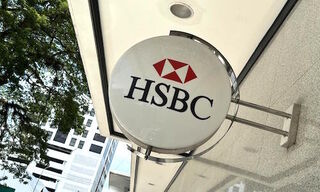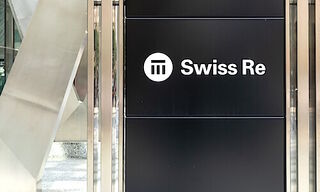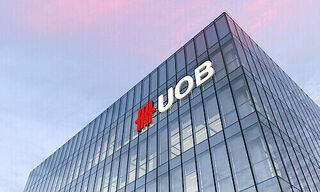Banks have been able to build powerful brands over the years because of their extensive network and the strong trust customers have placed in them. However, they can’t rest on their laurels.
In Singapore, DBS, OCBC and UOB make it to the top of the list, while in Indonesia, Bank Central Asia (BCA) and Bank Rakyat Indonesia (BRI) are the most valuable. In Malaysia, Maybank, CIMB and Public Bank make the list of top 10 most valuable brands.
Banks have been able to build powerful brands over the years because of their extensive network and the strong trust customers have placed in them. However, they can’t rest on their laurels.
Platform Economy
According to an EY report, while consumers’ trust in banks continue to remain high over the years, non-traditional providers have received parity on the foundational dimensions of trust and moved ahead on relationship-driven and differentiating dimensions of trust that matter most. As such, even though banks have strong brand value, they need to gear up to face the challenges presented by a changing financial ecosystem.
One of the biggest changes in consumer purchase behaviour is being brought in by the emergence of the platform economy. Online marketplaces such as Amazon are becoming the go-to site for consumers, as they are faced with more choices than ever before. We are beginning to see the same trend in the financial services industry.
Ability to Engage
According to a report on disruptive forces transforming financial services, prepared by the World Economic Forum (WEF) with support from Deloitte, «platforms that offer the ability to engage with different financial institutions from a single channel may become the dominant model for the delivery of financial services».
While the shift may be seen as disruptive in the short term, banks can leverage the move to platforms to further market their products and strengthen their brands. Here are some of the opportunities:
- Page 1 of 4
- Next >>


























